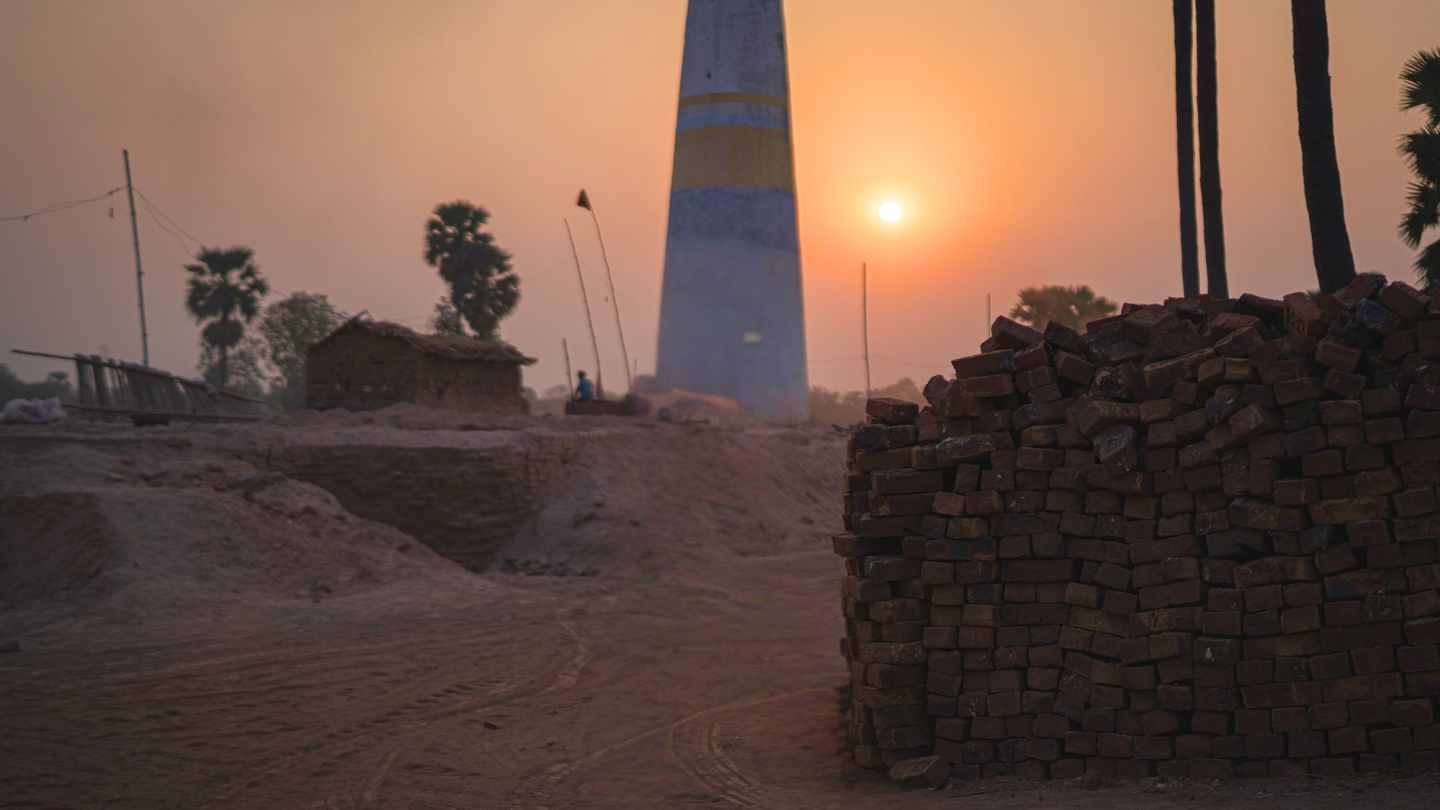Human trafficking is a form of slavery affecting over 40.3 million lives across the globe. It is estimated that over 171,000 persons living in Nepal are enslaved, which includes being trapped in bonded labour or sex trafficking. Bonded labour is a form of modern slavery that consists of the exploitation of persons forced to work for little or no payment. Most of the bonded labourers in Nepal are agricultural workers, although the names given to them may vary depending on the region.
Human trafficking occurs within Nepal’s borders but trafficking victims can be transported to other destinations, such as India. They may be held in brothels or other locations like dance bars, halls or massage parlors. This Toolkit has been developed as a comprehensive guide for the NGOs in Nepal and their lawyers who are fighting human trafficking. These practical tools may also be useful to other frontline organizations working with legal counsel for justice and the restoration of trafficking survivors in Nepal.
- Chapter I discusses the overall structure and contents of the Toolkit and outlines the Standard Operating Procedures (SOP) for the rescue of trafficking victims and the interception of potential victims at border crossings.
- Chapter II sets forth the dynamics of modern day slavery, key concepts related to the issue, and an overview and context of modern day slavery in Nepal.
- Chapter III outlines the SOPs that should be followed in rescuing human trafficking and bonded labour victims, prosecuting traffickers, rehabilitating victims, as well as SOPs for the types of trafficking addressed. The SOPs provide a list of steps to be taken by the NGO and its Advocate providing legal assistance. Under each step there is a commentary that further explains the specific step. In addition, there is a “Points to Note” section highlighting key issues to be considered in executing the step. Finally, some of the steps also include a “Learn More & Take Action” section pointing the reader to related sections in the Toolkit and the Annexures where NGOs and Advocates can find further practical and legal information.
- Chapter IV provides information on the international and national laws pertaining to human trafficking, and Chapter V provides information on government mechanisms, the judiciary and other institutions that exist to support the rights of trafficking victims.
- Finally, Chapter VI includes relevant case law from Nepal.


